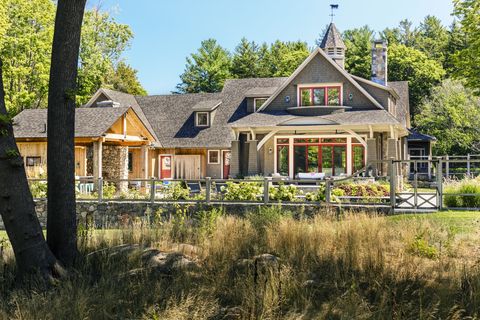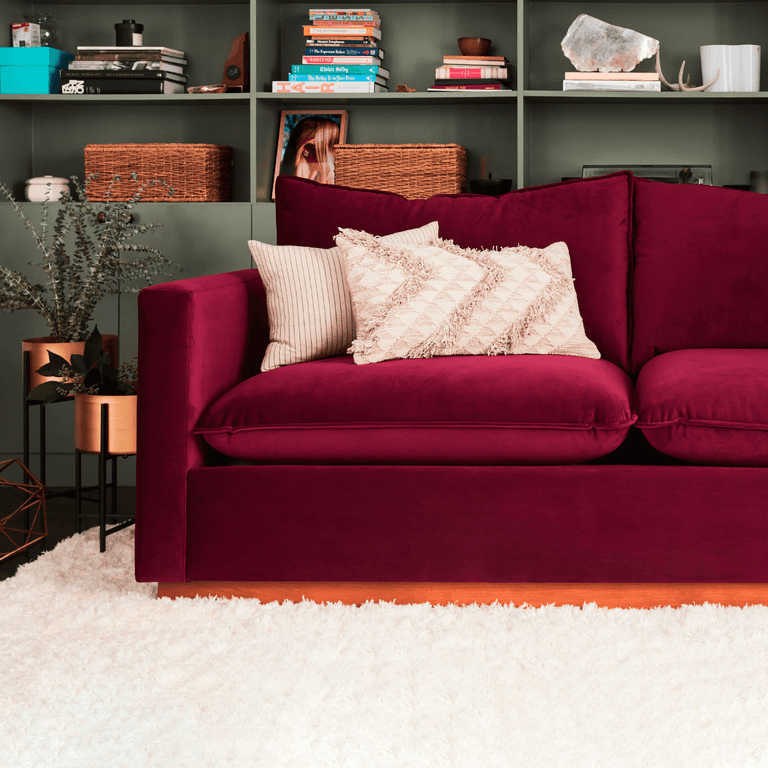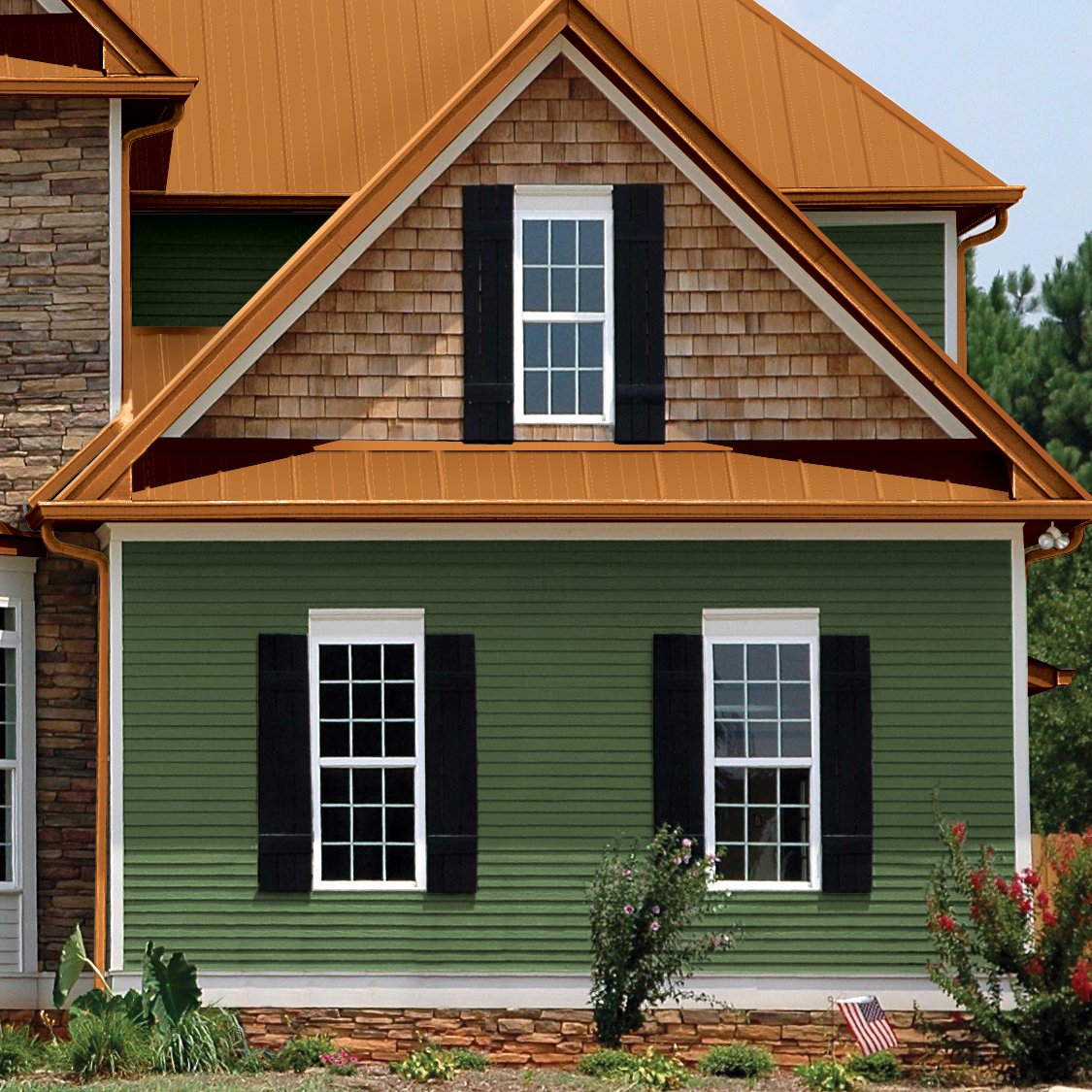
Exterior protection material that protects against the elements is called siding. There are many options for siding, including different styles and colors. It is important to select the one that best suits your home. It should enhance the beauty of your home and protect your investment. It's also important to keep in mind that a well-maintained siding can last for years.
Your budget is an important consideration when selecting exterior siding. The climate where you live will also be important. It is important to select a material that is resistant to the elements, and easy to maintain. You will also be able to save money on cooling and heating costs.
Vinyl is an option for those who want to be low-maintenance. This is one of the cheapest types of siding, and is available in many different colors and designs. It's a durable and versatile choice, and comes with a long warranty. Vinyl will last for at most 20 years.

Wood is another choice. There are many wood options, from Western red Cedar to pine. There are many styles and shapes available for siding, including shakes, shingles and clapboards. Although you will need some tools to install siding, it is usually quite simple. The cost of installation is also very affordable, at $3 to $14 per square feet.
Brick is also a strong option. Brick is an old type of exterior siding. It is very popular in the Southwest U.S. It comes in a wide array of colors, and can be shaped and formed to fit specific shapes and curves. It's durable but can be expensive depending on the size of your home.
Fiber cement is a promising alternative. This product is made with wood pulp fibers, cement, and other materials to make a fire-resistant, durable siding. It's designed to be installed over your exterior wall's sheathing.
Metal is another popular choice. It's strong and durable. It can be used to keep heat out and cold out of your house. This is especially helpful if you live somewhere where snowstorms can cause siding to wear down.

Stone is also an option. It's extremely durable and has a rich, classic appearance. It's also very eco-friendly and will provide many years of service. However, it is a good idea for professionals to install it.
Your siding can be creative. To create an original look, mix and match colors. You can even blend varying widths and styles to give your home a more interesting appearance. There are many videos on the internet that can help you navigate the process if your not sure where you should start.
Your siding should be inspected at least once per year. It will save you money in the long-term. You should take action if you see mold, mildew or algae. These are not only unsightly but can also be dangerous for your health.
FAQ
How often should my furnace filter be changed?
It all depends on how frequently your family uses your home heating system. You might consider changing your filter less frequently if you are likely to be away from your home for extended periods during the cold months. However, if you rarely go out of the house, you may be able to wait longer between changes.
A furnace filter can last about three months. This means you should change your furnace filters once every three months.
For information on when to replace your filter, you can consult the manufacturer. Some manufacturers suggest changing your filter every heating season. Others recommend waiting until you see dirt buildup.
What should I fix first when renovating a house?
You must first clear out the clutter outside and inside your home. Next, remove moldy spots, replace damaged walls, fix leaky pipes, and paint the whole interior. Next, clean the exterior surfaces and paint.
How long does it take for a home to be renovated?
It all depends upon the size of your project and how much time it takes. The average homeowner spends three to six hours each week working on the project.
Is it better to finish floors or walls first?
The best way of starting any project is to determine what you want. It is important to consider how you will use the space, who it will be used for and why. This will help you decide if you should go for flooring or wall coverings.
If you have decided that you want to create an open plan kitchen/living area then you may choose to install flooring first. Wall coverings can be used if the intention is to keep this area private.
Statistics
- ‘The potential added value of a loft conversion, which could create an extra bedroom and ensuite, could be as much as 20 per cent and 15 per cent for a garage conversion.' (realhomes.com)
- On jumbo loans of more than $636,150, you'll be able to borrow up to 80% of the home's completed value. (kiplinger.com)
- A final payment of, say, 5% to 10% will be due when the space is livable and usable (your contract probably will say "substantial completion"). (kiplinger.com)
- Design-builders may ask for a down payment of up to 25% or 33% of the job cost, says the NARI. (kiplinger.com)
- The average fixed rate for a home-equity loan was recently 5.27%, and the average variable rate for a HELOC was 5.49%, according to Bankrate.com. (kiplinger.com)
External Links
How To
What amount should I spend to restore my old house?
The cost of renovating your home depends on how many rooms you want to update, what kind of renovations you plan to do, where you live, and whether you're doing it yourself or hiring professionals. Depending upon the size of the renovation, the average cost ranges between $10,000 and $50,000.
You'll probably get less than the market value of your home if you don’t include the cost of repairs, upgrades and other improvements. You might even lose money if you put too little effort into making your home look its best before selling. You can increase the sale price of your home if you spend enough time and effort to improve its appearance.
These factors will help you choose which projects to start first.
-
Your budget. If you have a limited budget, start small. One room can be tackled at a time such as painting walls or changing flooring. For major renovations, you can either hire a contractor who specializes on kitchen remodeling or save money.
-
Priorities. Do you want to improve the overall condition of your home or just fix specific problems? One issue can become a major problem quickly, so it's important to choose a single area. If your roof leaks when it rains, it might be necessary to have it replaced sooner than you think.
-
Your timeline. It's important to prioritise projects that don't impact the resale of your existing home if you plan on buying another property in the near future. For example, if you're looking to buy a new place next year, you probably wouldn't want to install hardwood floors or replace your bathroom fixtures right away. You might consider waiting until you sell your current home before making these updates.
-
Your skills. You might not have the skills to complete a project. You might hire a cabinet maker if you don't have the skills to build custom cabinets.